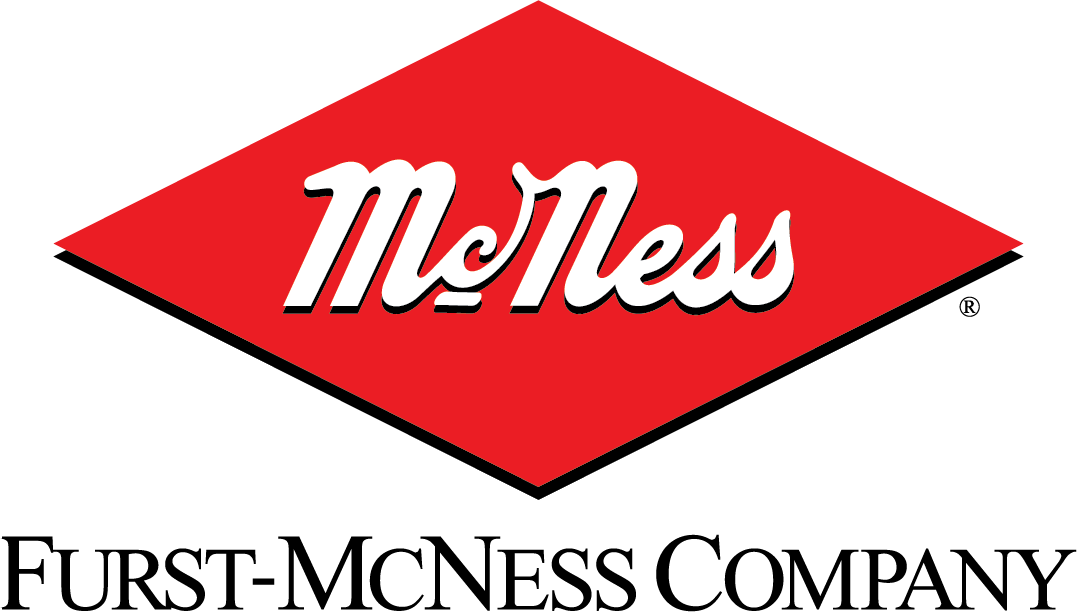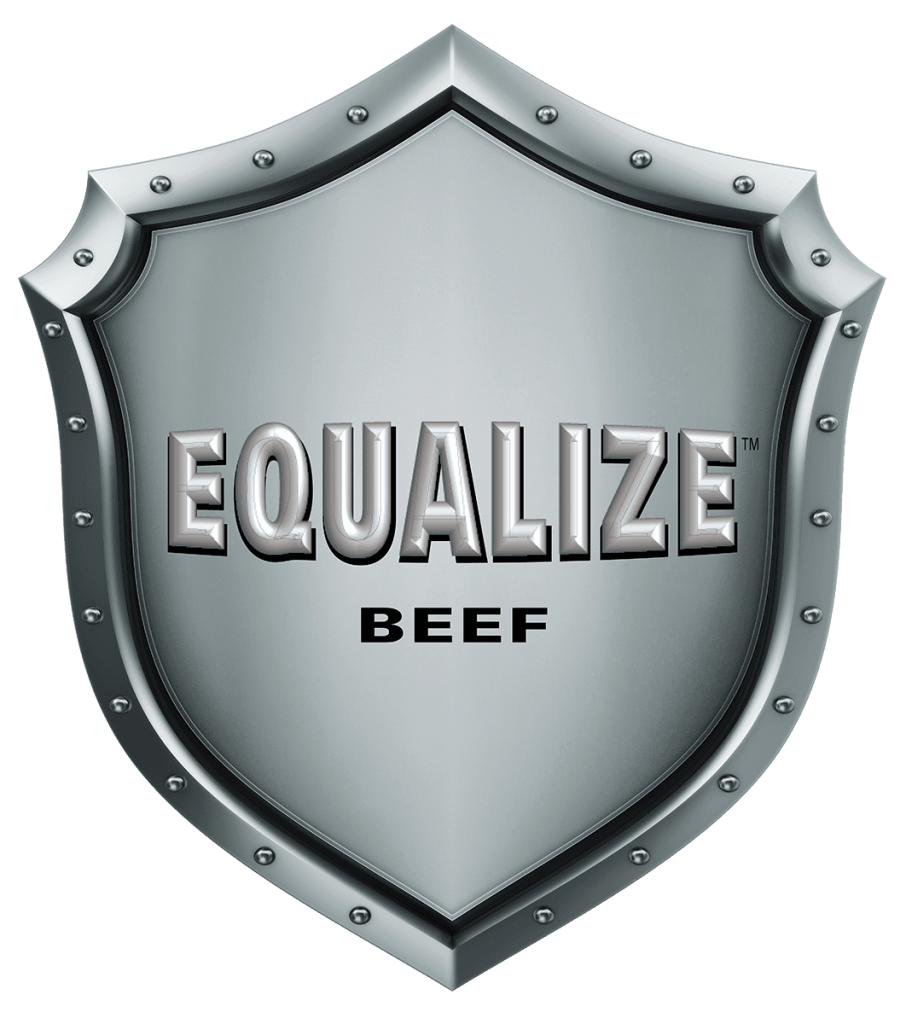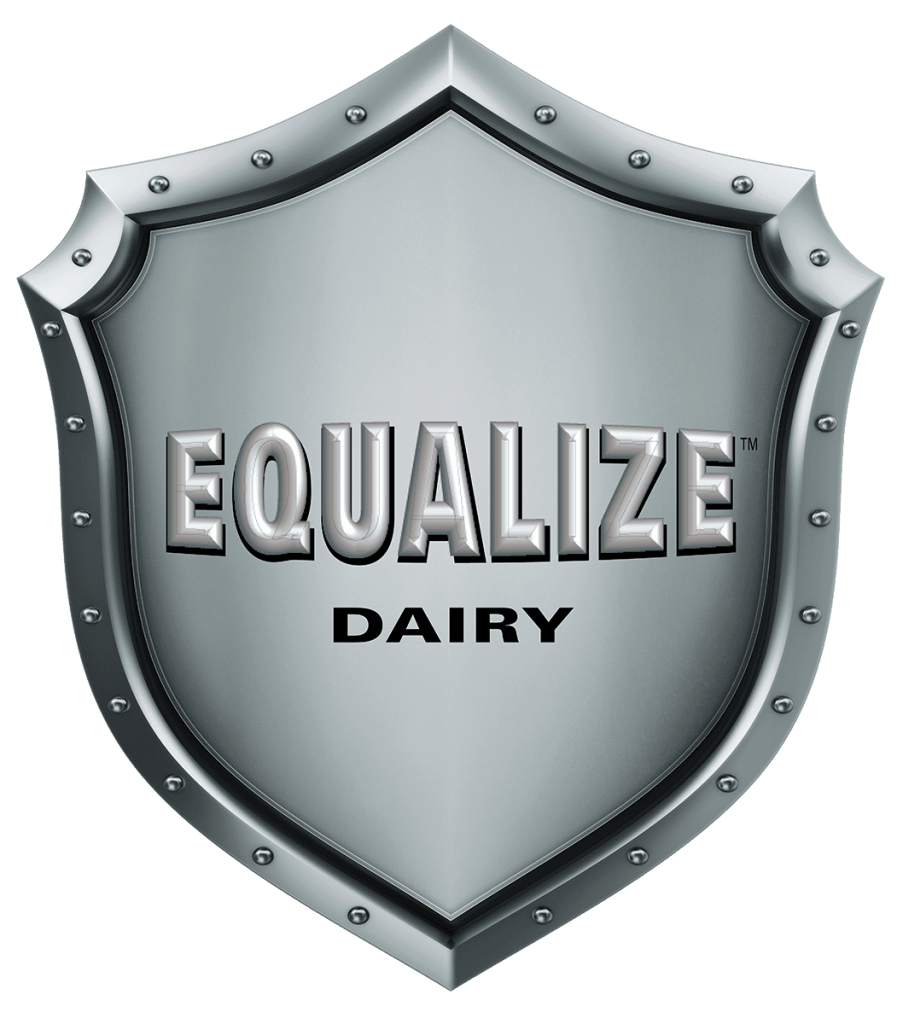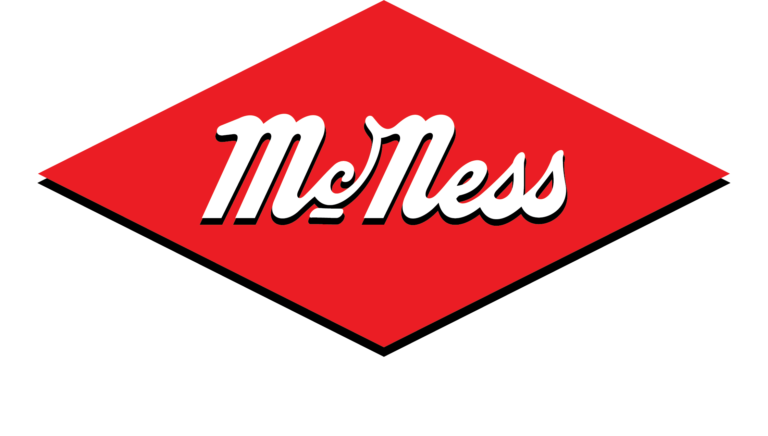Mycotoxin Risk Management
Getting the most potential out of your animals is always important. Mycotoxin risk management plays an important role in protecting your investment and can help reduce the effects that mycotoxins have on an animal’s health and performance.
Mycotoxins are toxic substances naturally produced by molds and fungi in the field or during storage. There are over 500 different types of mycotoxins, with the most commonly known being Aflatoxin, Fumonisin, Vomitoxin (DON), T2 Toxin and Zearalenone. The impact mycotoxins have on an animal’s health and performance can be noticed in several ways:
• Reduced feed intake or feed refusal
• Reduced nutrient absorption and impaired metabolism
• Altered endocrine and exocrine systems
• Suppressed immune function
• Altered microbial growth (rumen and GI effects)
Even small doses of mycotoxins can cause big problems when multiple mycotoxins are present as their synergistic effects cause negative impact on your animals.
Mycotoxin Risk Management
Detection: Though eliminating the existence of mycotoxins is not possible, you can reduce exposure to those mycotoxins by having your feed components and complete feed analyzed to uncover potential threats of contamination.
Prevention: There are five key elements required for mold to grow: oxygen, moisture (or water activity), temperature, time and nutrients to grow on. One step in mycotoxin risk management is to implement good feed management practices to limit mold growth and feed contamination.
Mitigation: Using proper mitigation strategies, you can increase the nutrient density of the diet, particularly protein (amino acids), energy and vitamins as these are partially degraded/consumed by growing molds and heating. Incorporate feedstuffs into the diet to support animal immune function and performance.




